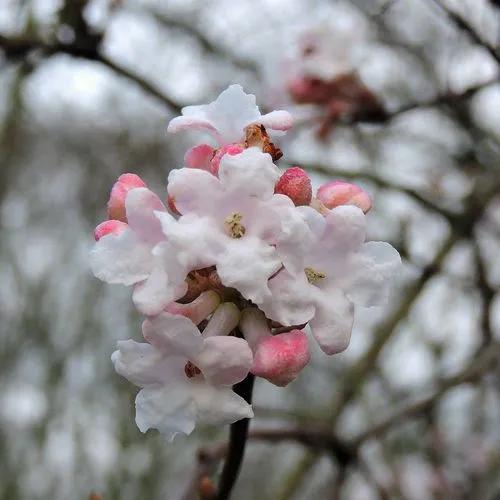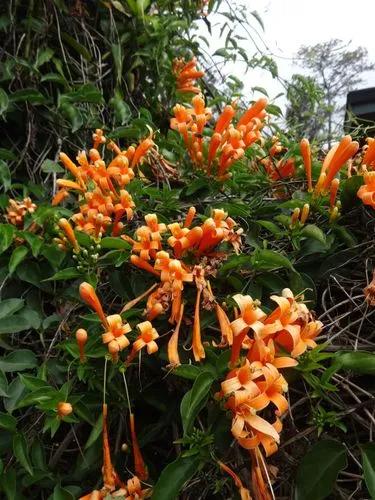Picea glauca, the white spruce, is a species of spruce native to the northern temperate and boreal forests in North America. Picea glauca was originally native from central Alaska all through the east, across southern/central Canada to the Avalon Peninsula in Newfoundland.
It now has become naturalized southward into the far northern United States border states like Montana, Minnesota, Wisconsin, Michigan, Vermont, New Hampshire and Maine; there is also an isolated population in the Black Hills of South Dakota and Wyoming.
It is also known as Canadian spruce, skunk spruce, cat spruce, Black Hills spruce, western white spruce, Alberta white spruce, and Porsild spruce.
The white spruce is a large coniferous evergreen tree which grows normally to 15 to 30 m (50 to 100 ft) tall, but can grow up to 40 m (130 ft) tall with a trunk diameter of up to 1 m (3.3 ft). The bark is thin and scaly, flaking off in small circular plates 5 to 10 cm (2 to 4 in) across.
The crown is narrow – conic in young trees, becoming cylindric in older trees. The shoots are pale buff-brown, glabrous (hairless) in the east of the range, but often pubescent in the west, and with prominent pulvini. The leaves are needle-like, 12 to 20 mm (1⁄2 to 13⁄16 in) long, rhombic (diamond-shaped) in cross-section, glaucous blue-green above (hence glauca) with several thin lines of stomata, and blue-white below with two broad bands of stomata.
The cones are pendulous, slender, cylindrical, 3 to 7 cm (1 1⁄4 to 2 3⁄4 in) long and 1.5 cm (5⁄8 in) wide when closed, opening to 2.5 cm (1 in) broad. They have thin, flexible scales 15 mm (0.59 in) long, with a smoothly rounded margin. They are green or reddish, maturing to pale brown 4 to 8 months after pollination. The seeds are black, 2 to 3 mm (3⁄32 to 1⁄8 in) long, with a slender, 5 to 8 mm (3⁄16 to 5⁄16 in) long pale brown wing.










